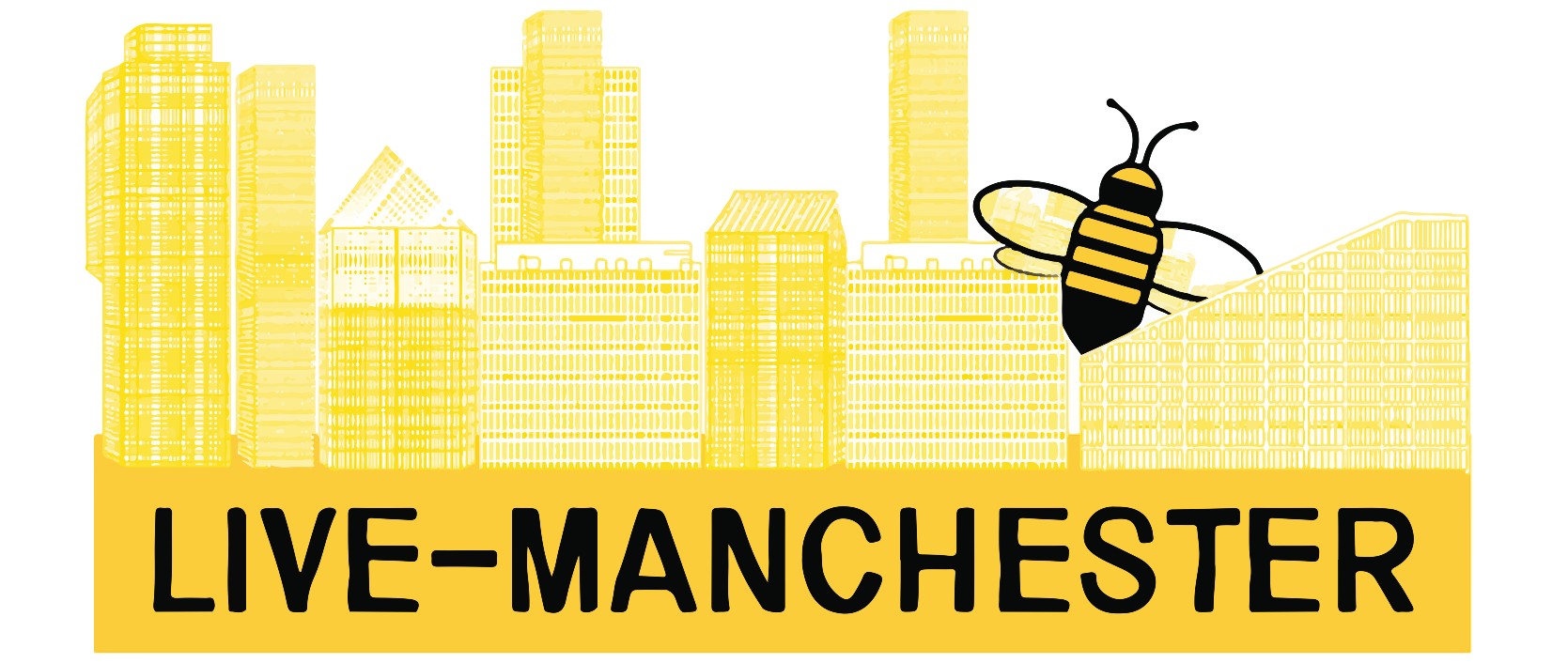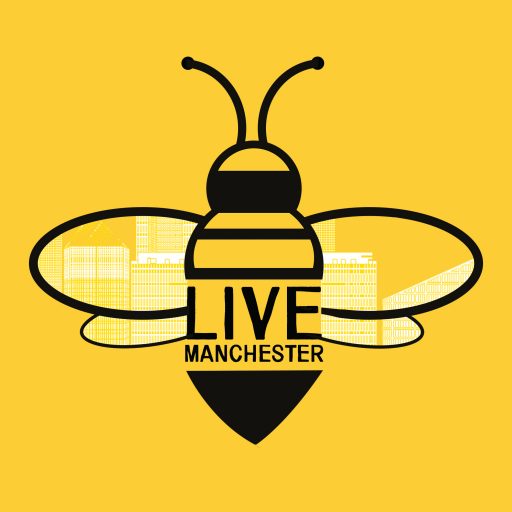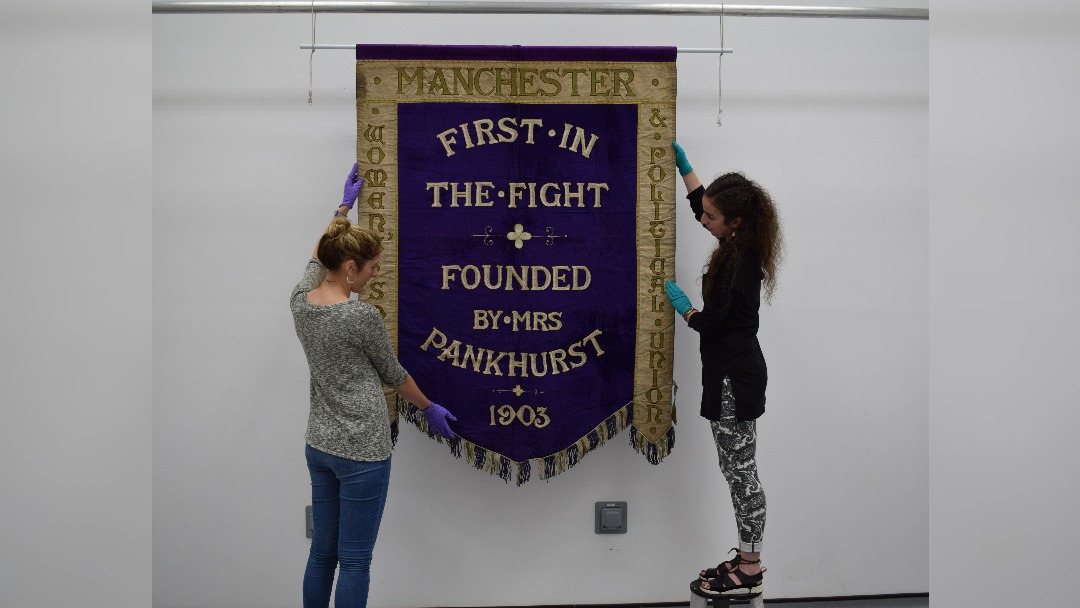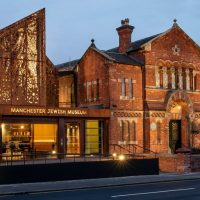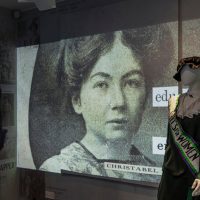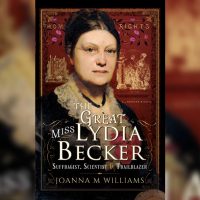The Manchester Women’s Social and Political Union banner of 1908 is set to go on display at Manchester’s People History Museum.
The banner will be exhibited at the national museum of democracy 115 years after it was first unveiled to the public at Stevenson Square alongside Emmeline Pankhurst.
It’s five years since the Manchester suffragette banner, as it is affectionately known, was discovered, joined PHM’s collection and went on public display at the museum for the first time. This was made possible by hundreds of individuals who supported a crowdfunder campaign, which meant the banner could be central to how PHM marked the centenary of the first women achieving the vote in 2018. It will be on display from 21 June 2023 to 7 January 2024 to mark the banner’s birthday and will then go into store before being part of the programme to mark the centenary of all women getting the vote in 2028.
Until recently it was known that the banner was first unfurled in Stevenson Square on 20 June 1908, but little else. Following research by Elizabeth Crawford, author of The Women’s Suffrage Movement (1998), it is now known that the WSPU’s first secretary, Rachel Scott, was given the honour.
There were some early challenges, not least because Rachel Scott was also the name of the wife of C P Scott, founder of The Guardian. However, it was soon established that they could not be one and the same person, with C P Scott having died in 1905. Elizabeth’s research confirms that the banner’s unfurler was born Rachel Lovett in Chorlton, Lancashire in 1863. She was one of at least nine children to Thomas Lovett and his wife Elizabeth. Her father was a labourer in the oilcloth industry and her older sisters became weavers or winders. Rachel would become a teacher who married the son of a schoolmaster, David Scott. David worked for the engineering firm Royles for most of his life, eventually becoming a member of the board of directors. He was a strong supporter of socialist newspaper The Clarion and a member and supporter of the Independent Labour party (ILP).
It was through the ILP that Emmeline Pankhurst met Rachel Scott, who was one of a small group of women that she invited to join her at a gathering at her house in Nelson Street, Manchester (now the Pankhurst Centre) on 10 October 1903 – the historic moment that would see the founding of the WSPU who would become known as the suffragettes. Rachel Scott was appointed the WSPU’s first secretary and was actively involved at meetings, demonstrations and events. Perhaps in recognition of her dedication, on 20 June 1908 it was Rachel that unfurled the banner to the Manchester WSPU in Stevenson Square. This took place the day before the Women’s Sunday rally in London’s Hyde Park which was attended by 500,000 people from across the country.
Visitors to People’s History Museum will be able to see the Manchester suffragette banner situated in the section of the galleries that explores the history of votes for women. They will also be able to undertake a self-guided Radical women trail, which is new for summer 2023 and includes the women of Peterloo, the Match Girls and suffragette Hannah Mitchell.
Image of Jenny van Enckevort and Kloe Rumsey with the Manchester suffragette banner – image courtesy People’s History Museum
